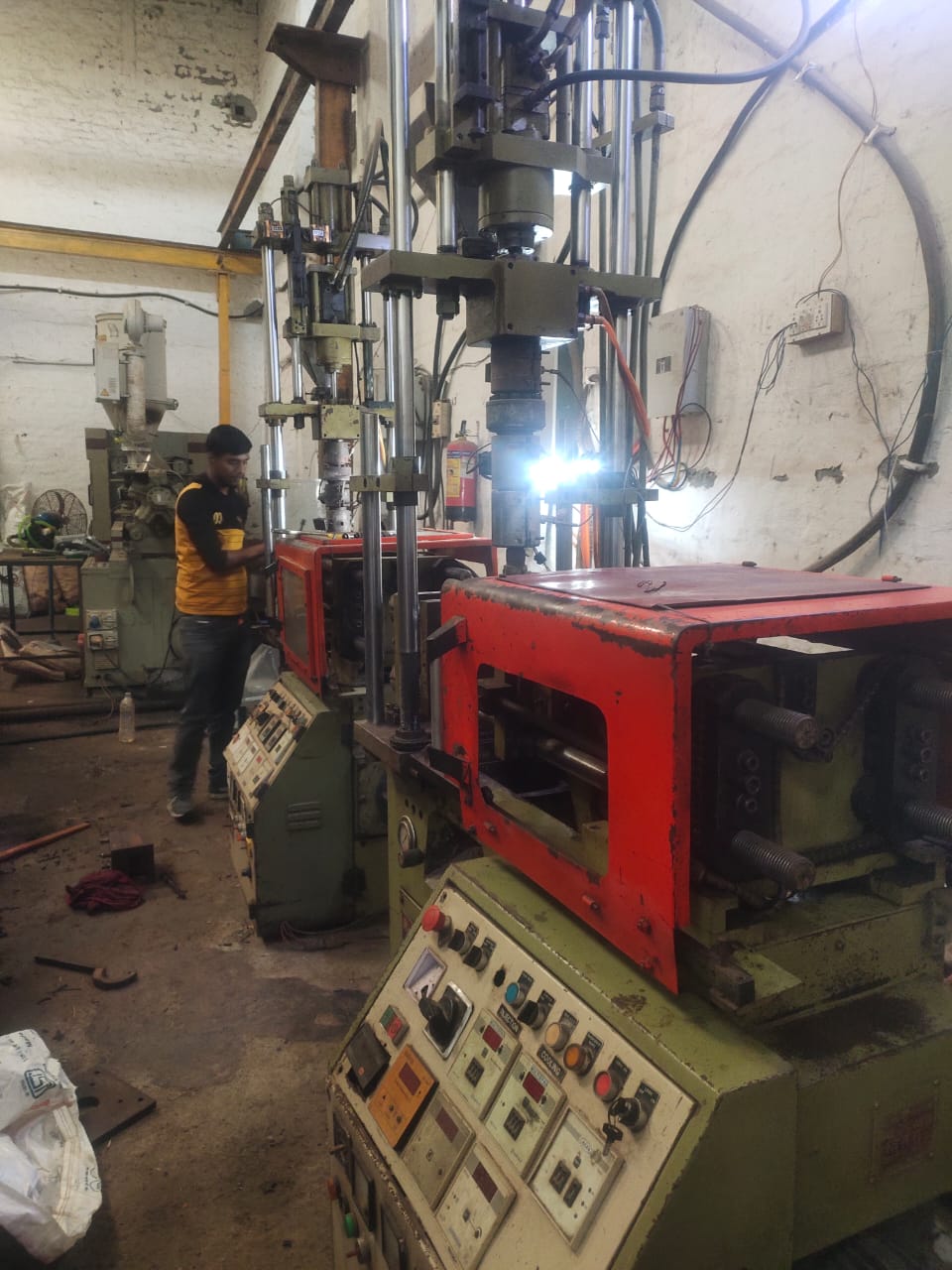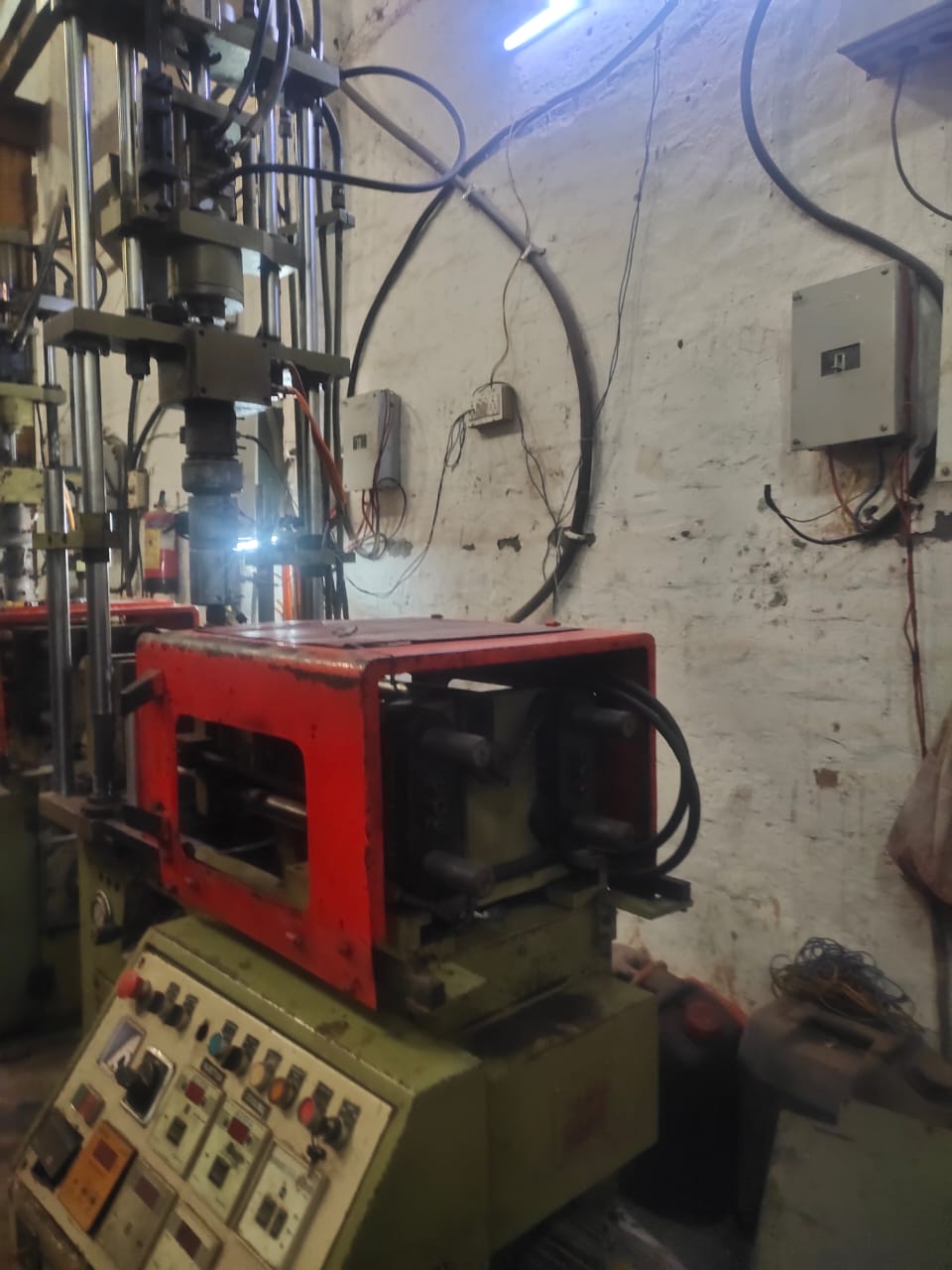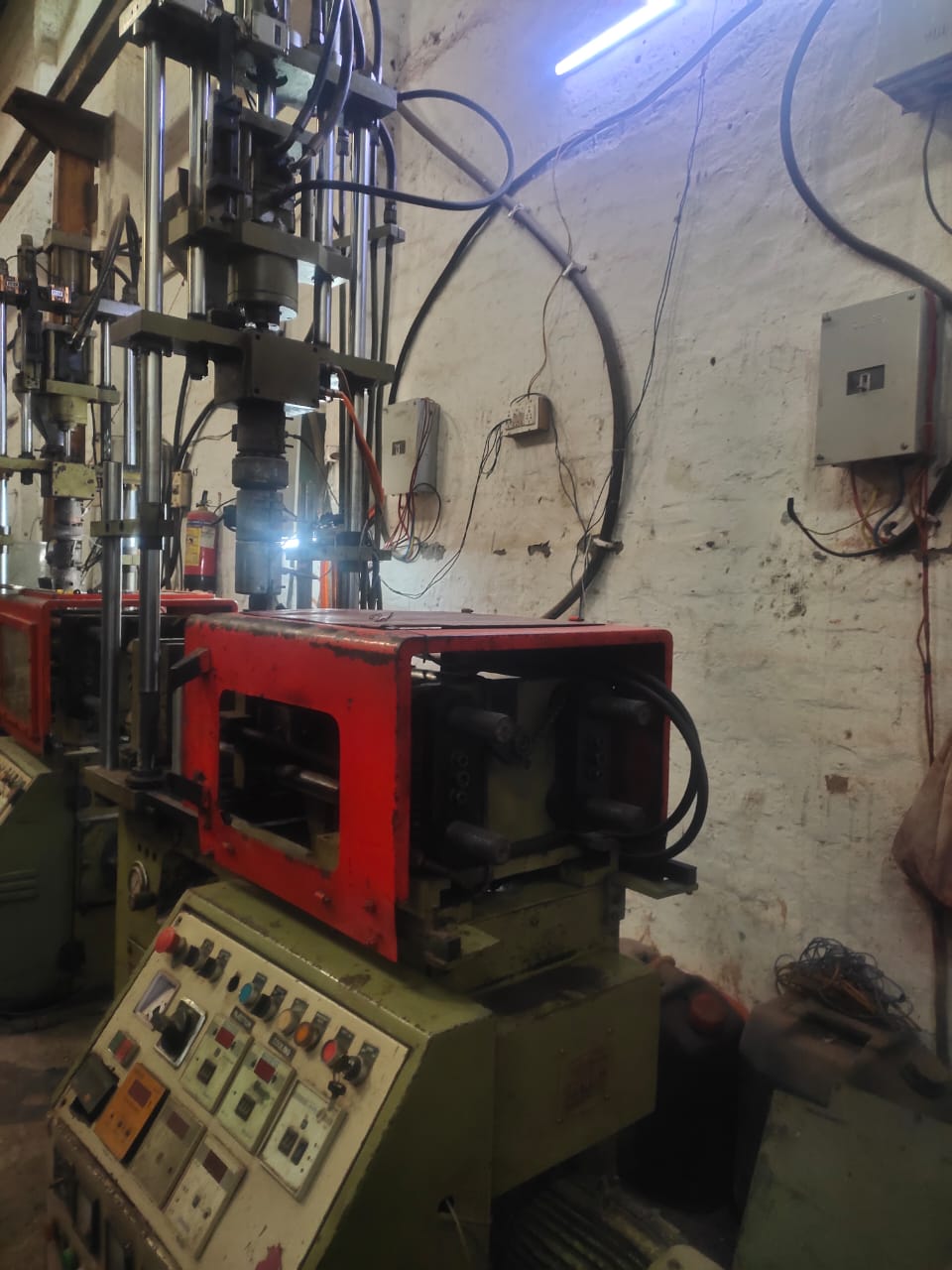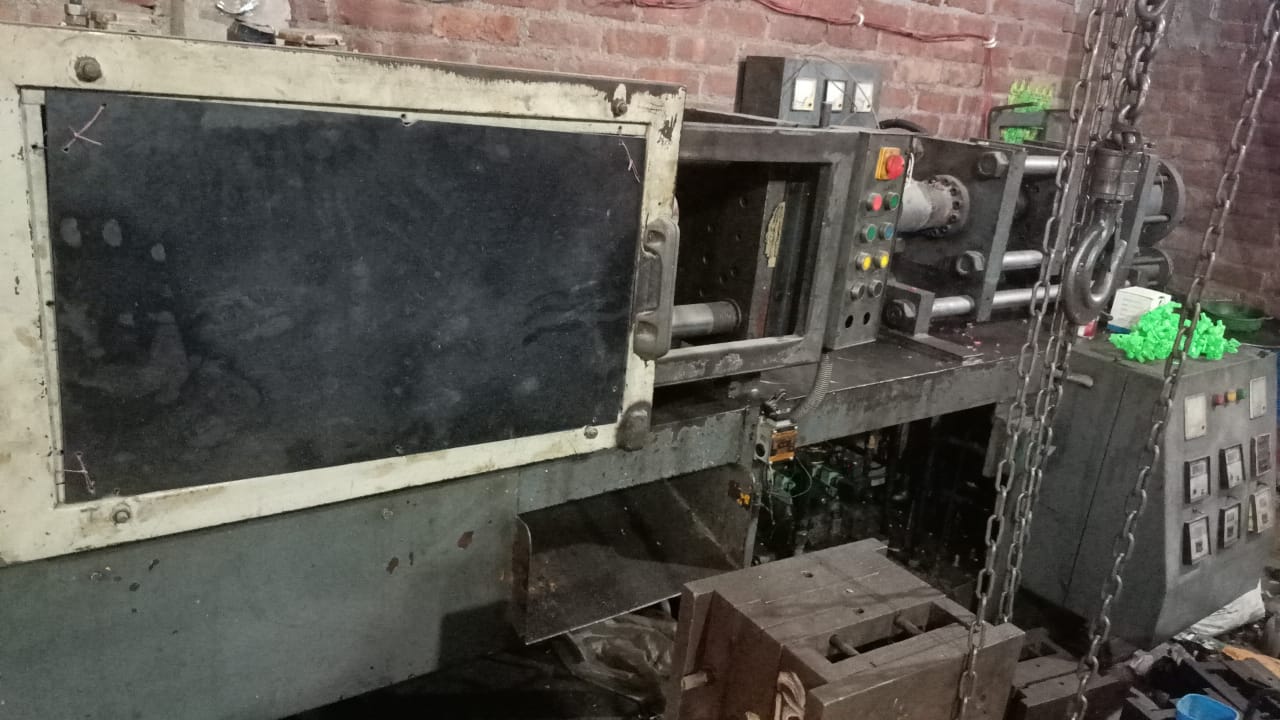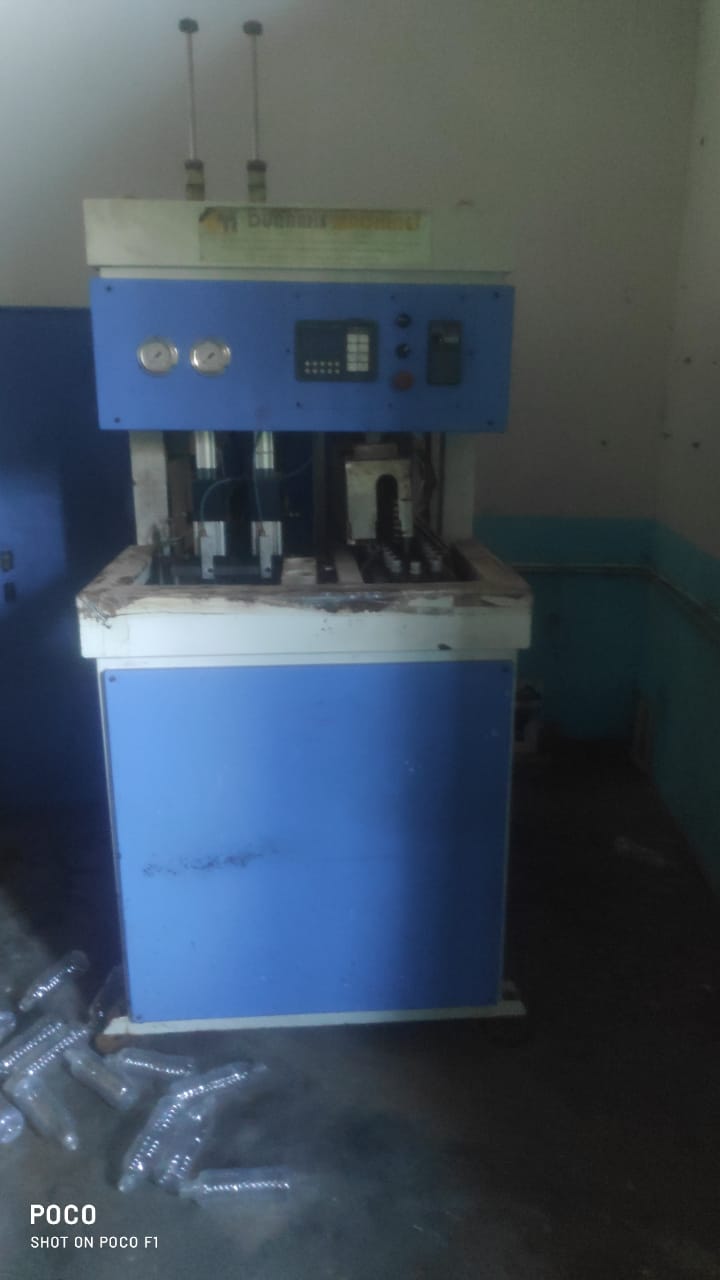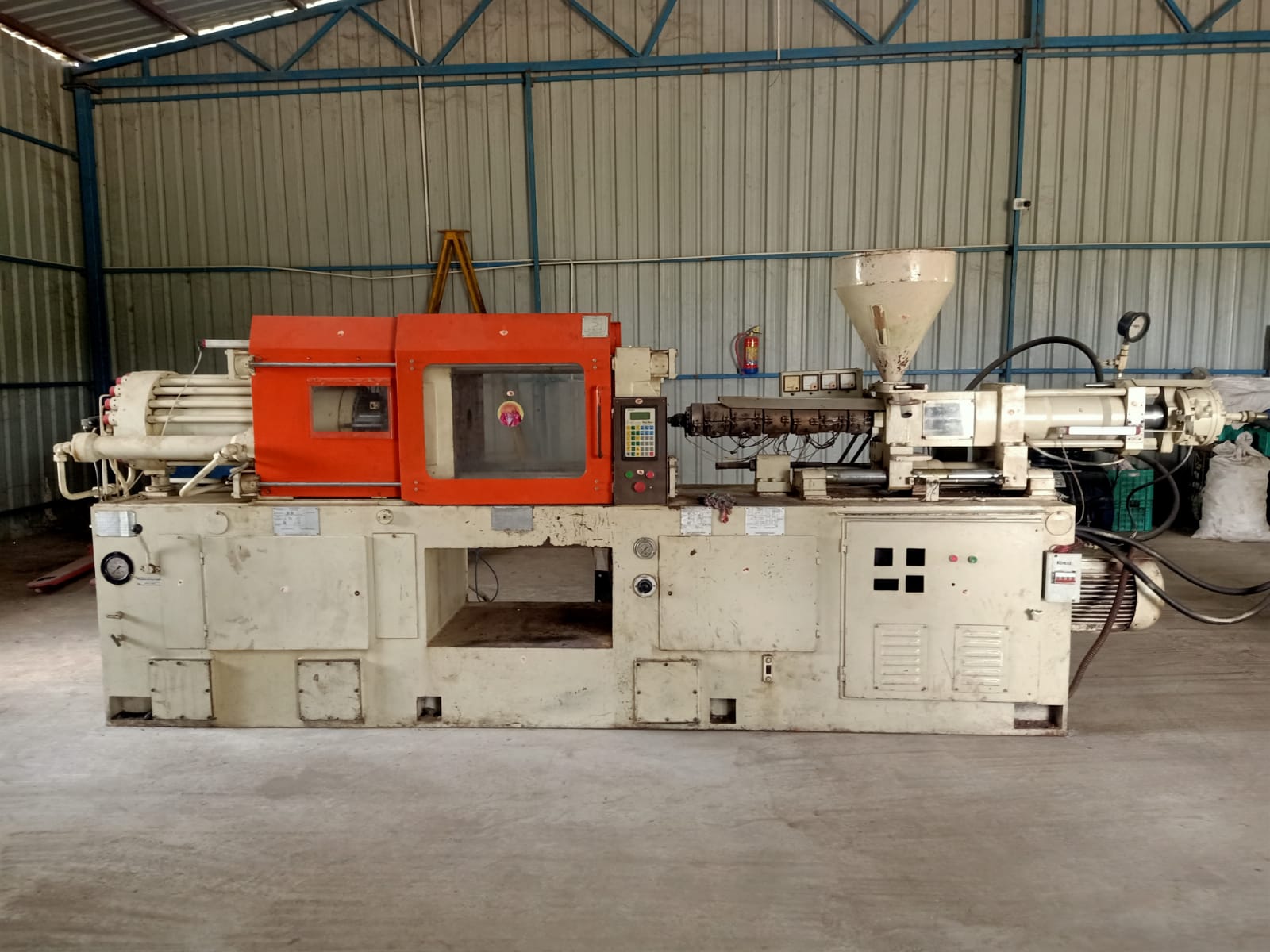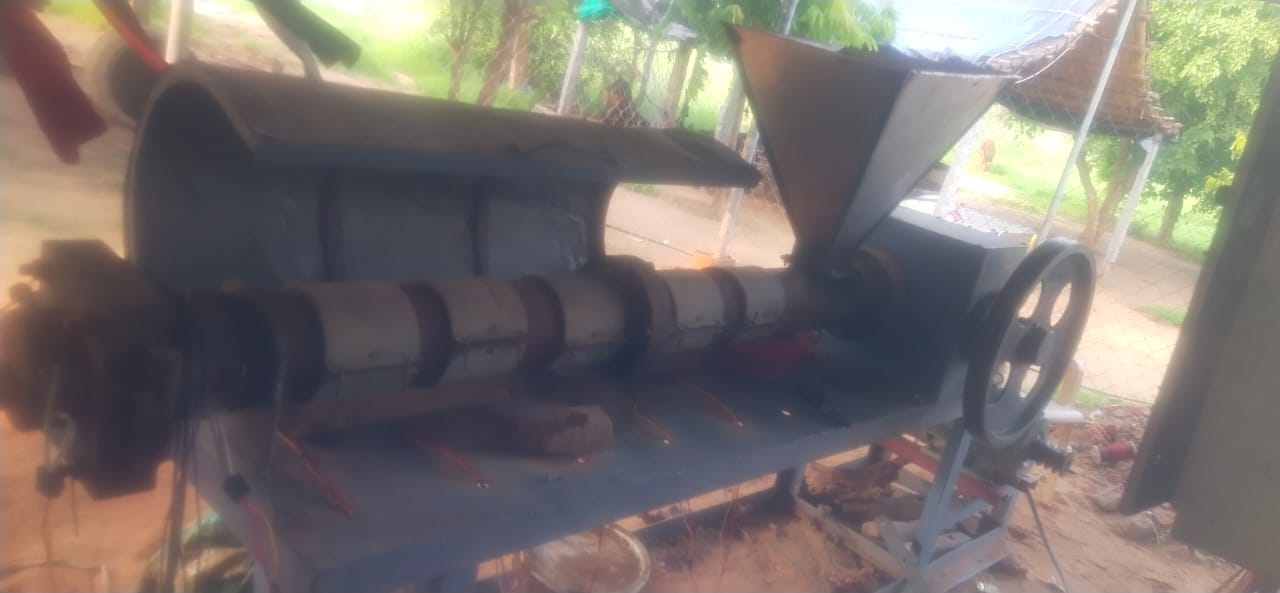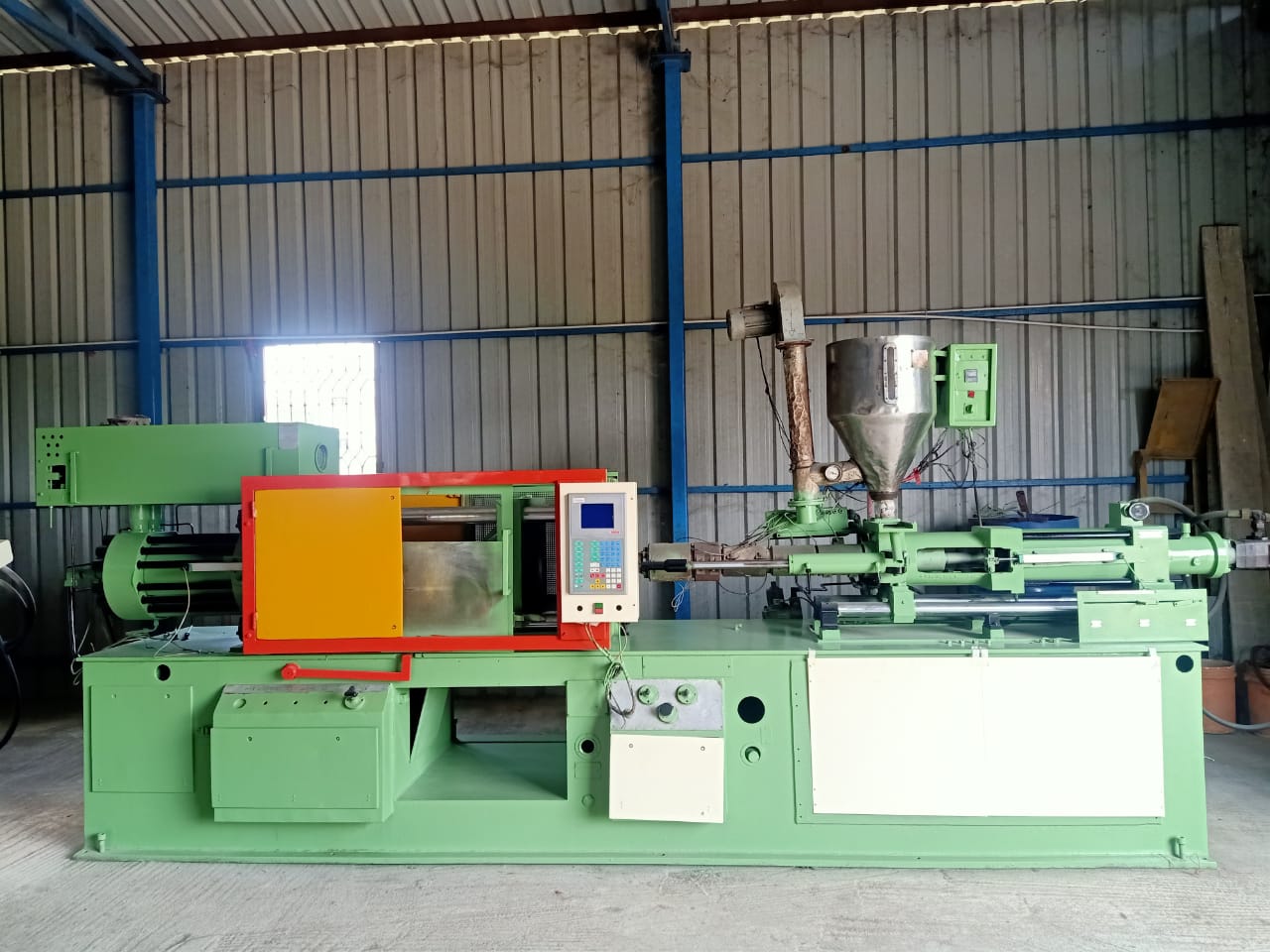This is a Romex 110 Ton Injection Molding Machine
Product Specification
| Brand | Romex Taiwan union plastic machinery co. ltd. |
| Capacity | 110 Ton |
| Clamping Force | 0-100 ton |
| Automation Grade | Automatic |
| Machine Structure | Horizontal |
| Machine Type | Microprocessor Injection molding Machine |
An injection molding machine is a specialized piece of industrial equipment used for the manufacturing of plastic parts. It’s a versatile and widely used machine in various industries, including automotive, consumer goods, medical, electronics, and more. The primary function of an injection molding machine is to melt plastic material and inject it into a mold cavity, where it cools and solidifies, taking the shape of the mold to create a wide range of plastic products. Here are some key components and steps involved in the injection molding process:
Key Components of an Injection Molding Machine:
- Hopper: This is where plastic pellets or granules are loaded for the molding process. The hopper feeds the plastic material into the machine’s heating chamber.
- Heating Chamber/Barrel: The plastic material is heated and melted inside the barrel, usually by electric heaters or friction from a screw or plunger mechanism.
- Injection Unit: The injection unit comprises a reciprocating screw or plunger that moves forward, forcing the molten plastic material into the mold’s cavity.
- Mold: The mold consists of two halves, a cavity and a core, which define the shape and features of the final plastic part. The mold is precision-engineered to create the desired product.
- Clamping Unit: The clamping unit holds the mold halves together under pressure during the injection process. It provides the necessary force to keep the mold closed.
- Ejection System: After the plastic part has cooled and solidified within the mold, an ejection system, typically involving ejector pins, ejects the finished part from the mold.
- Control System: The machine’s control system manages and monitors various parameters, such as temperature, pressure, injection speed, and timing. It ensures precise control of the molding process and may incorporate automation features.
Steps in the Injection Molding Process:
- Material Preparation: Plastic pellets or granules are loaded into the machine’s hopper.
- Melting: The plastic material is heated and melted inside the barrel.
- Injection: The molten plastic is injected into the mold cavity under high pressure.
- Cooling: The mold is cooled to solidify the plastic, taking the shape of the mold.
- Ejection: The finished part is ejected from the mold.
- Cycle Repeat: The process repeats for the production of additional parts.
Injection molding machines come in various sizes, configurations, and with different drive mechanisms, including hydraulic, electric, and hybrid systems. The choice of machine depends on factors such as the size and complexity of the parts, production volume, material type, and required precision.
Injection molding is a highly versatile and efficient method for mass-producing plastic parts with excellent dimensional accuracy and repeatability. It is widely used in industries where plastic components are needed in large quantities.
It is in a good working condition.
It has been recently serviced.
No pending loan against the machine.


